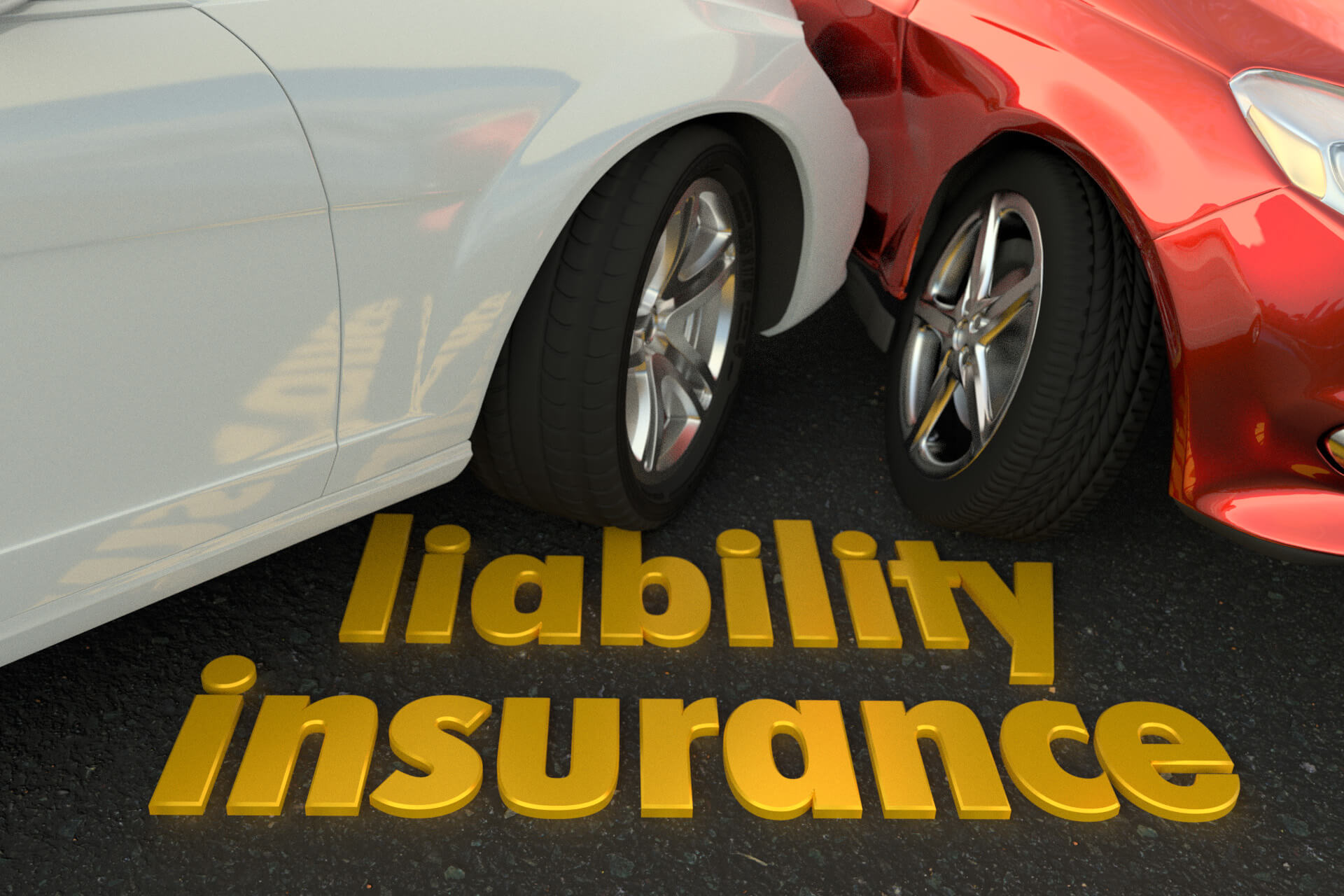
Across the nation, countless drivers are encountering a perplexing and often frustrating reality: their car insurance renewal notices arrive with unexpectedly steep increases. This phenomenon is not isolated; it reflects a broader trend where car insurance rates have seen a steady and significant climb over the past four years. Understanding the underlying causes of these escalating costs is crucial for policyholders seeking to manage their expenses and make informed decisions in a challenging economic landscape.
According to an analysis of national averages, the average auto insurance cost per year in 2024 stood 33% higher than it was in 2021. This substantial increase covers comprehensive coverage levels, including $100,000 for injuries to one person, $300,000 for injuries per accident, and $100,000 for property damage, alongside uninsured motorist coverage, and collision and comprehensive insurance with a $500 deductible. Such figures underscore a powerful shift in the insurance market, compelling a closer look at the myriad factors contributing to this upward trajectory.
While personal factors like driving history and vehicle choice certainly play a role in individual premiums, a confluence of broader economic and industry-specific trends are driving these across-the-board rate hikes. From global supply chain disruptions to evolving environmental challenges and shifts in vehicle technology, the forces at play are complex and interconnected. This article delves into the primary reasons behind the rapid escalation of car insurance rates, offering clarity on why your premium might be significantly higher than before.
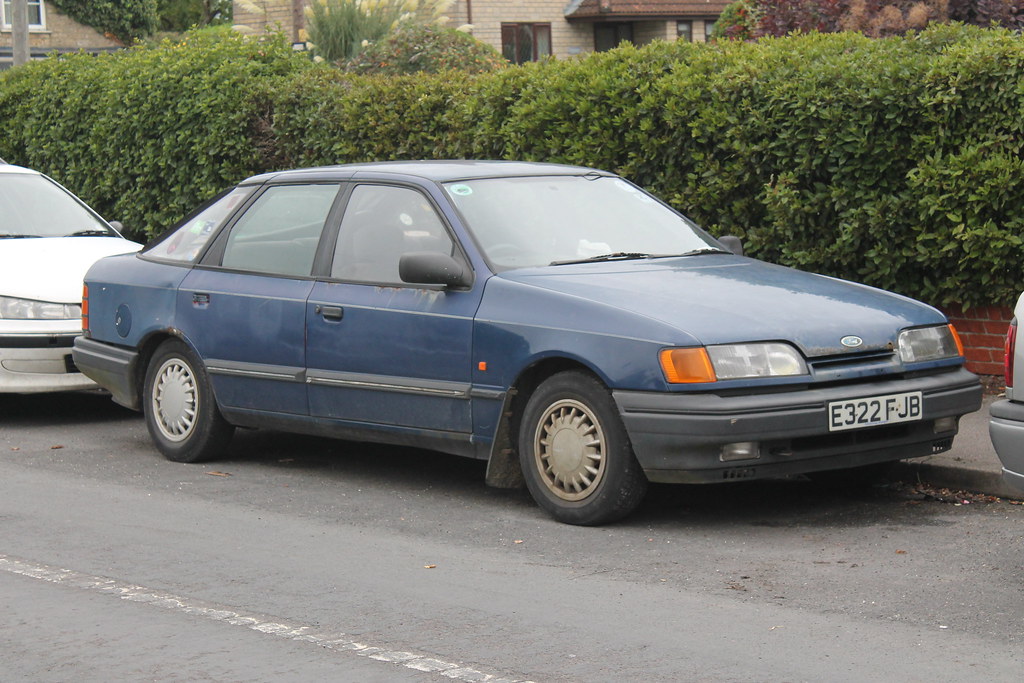
1. **Inflation and Rising Repair Costs**Inflation stands as a formidable adversary, impacting nearly every sector of the economy, and auto insurance is no exception. The pervasive rise in prices means that cars have become considerably more expensive to repair and replace than in previous years. This directly translates into higher claim payouts for insurers, a cost that is inevitably passed on to policyholders through increased premiums.
New and used car prices have experienced a significant surge over the last few years, escalating the financial burden on insurance companies when a vehicle is totaled or requires extensive repairs. Beyond the vehicles themselves, the auto parts necessary for repairs have also seen their costs climb. Furthermore, the labor costs in repair shops have increased, reflecting broader economic pressures and the demand for skilled technicians.
In essence, insurers must adjust their rates to cover these future claim payouts, ensuring their financial stability. The motor vehicle insurance index, for instance, increased 7% year over year in June 2025, according to the U.S. Bureau of Labor Statistics. This metric provides a clear indication of how deeply inflation is embedded in the rising costs of auto insurance, affecting nearly all drivers regardless of their individual risk profile.
Read more about: Unleash Your Inner Mechanic: 15 Essential DIY Car Hacks to Save a Fortune on Maintenance

2. **Broken Supply Chains and Parts Shortages**The ripple effects of global supply chain disruptions, largely stemming from the pandemic, continue to exert significant pressure on the auto insurance industry. These disruptions led to a scarcity of certain auto parts, which, in turn, drove up their prices due to the fundamental law of supply and demand. This increase in parts prices directly contributed to higher car repair costs, necessitating an adjustment in auto insurance rates.
While there have been improvements, global supply chains and parts availability have not fully returned to their pre-pandemic conditions. This ongoing challenge means that expenses remain elevated, making car insurance more expensive for consumers. The persistent nature of these issues, exacerbated by ongoing geopolitical concerns, natural disasters, and work stoppages, continues to elevate auto insurance costs.
When a vehicle requires a specific part that is difficult to source or prohibitively expensive, the overall cost of the repair escalates. Insurance companies, facing these inflated repair bills, must raise premiums to offset their increased expenditures. This factor, often beyond the control of individual drivers, is a critical component in understanding the current upward trend in car insurance rates across the industry.
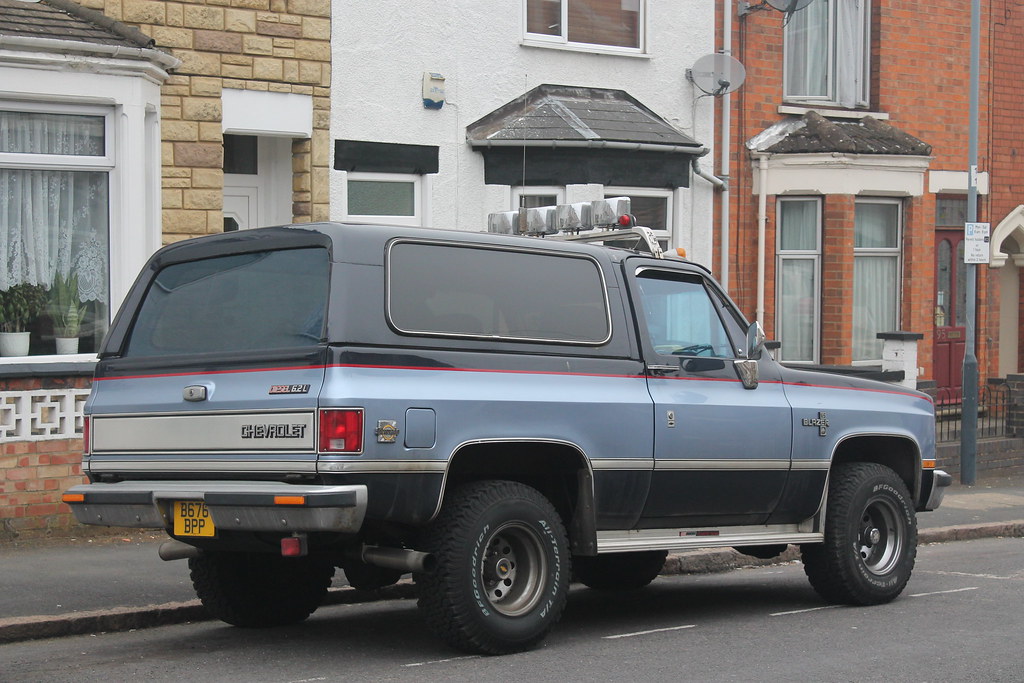
3. **Climate Change and Natural Disasters**The increasing frequency and intensity of catastrophic weather events, often attributed to climate change, present another significant challenge for the auto insurance sector. Disasters such as flooding, severe storms, and wildfires put a growing number of vehicles at risk of harm. When these events trigger a surge in auto claims, insurers are forced to pay out significantly more, a cost that they may then transfer to policyholders through increased insurance premiums.
Consider the stark contrast in insurance costs in regions highly susceptible to such events. Florida, frequently impacted by hurricanes and tropical storms, has an average car insurance cost of $3,536 per year. In comparison, Vermont, a state less prone to catastrophic weather, maintains a much lower average rate of $1,237. This disparity highlights the direct correlation between regional climate risks and insurance premiums.
As these weather patterns become more unpredictable and destructive, the financial stability of insurance companies is increasingly challenged. To compensate for higher payouts associated with disaster-related claims, insurers are compelled to implement rate increases across affected areas, even for drivers who may not have filed a claim themselves. This collective burden underscores the systemic impact of environmental shifts on personal finance.
Read more about: Remember the Glory Days? 14 German Sedans That Were the Absolute Icons of Status and Executive Commute in the 2000s and Early 2010s
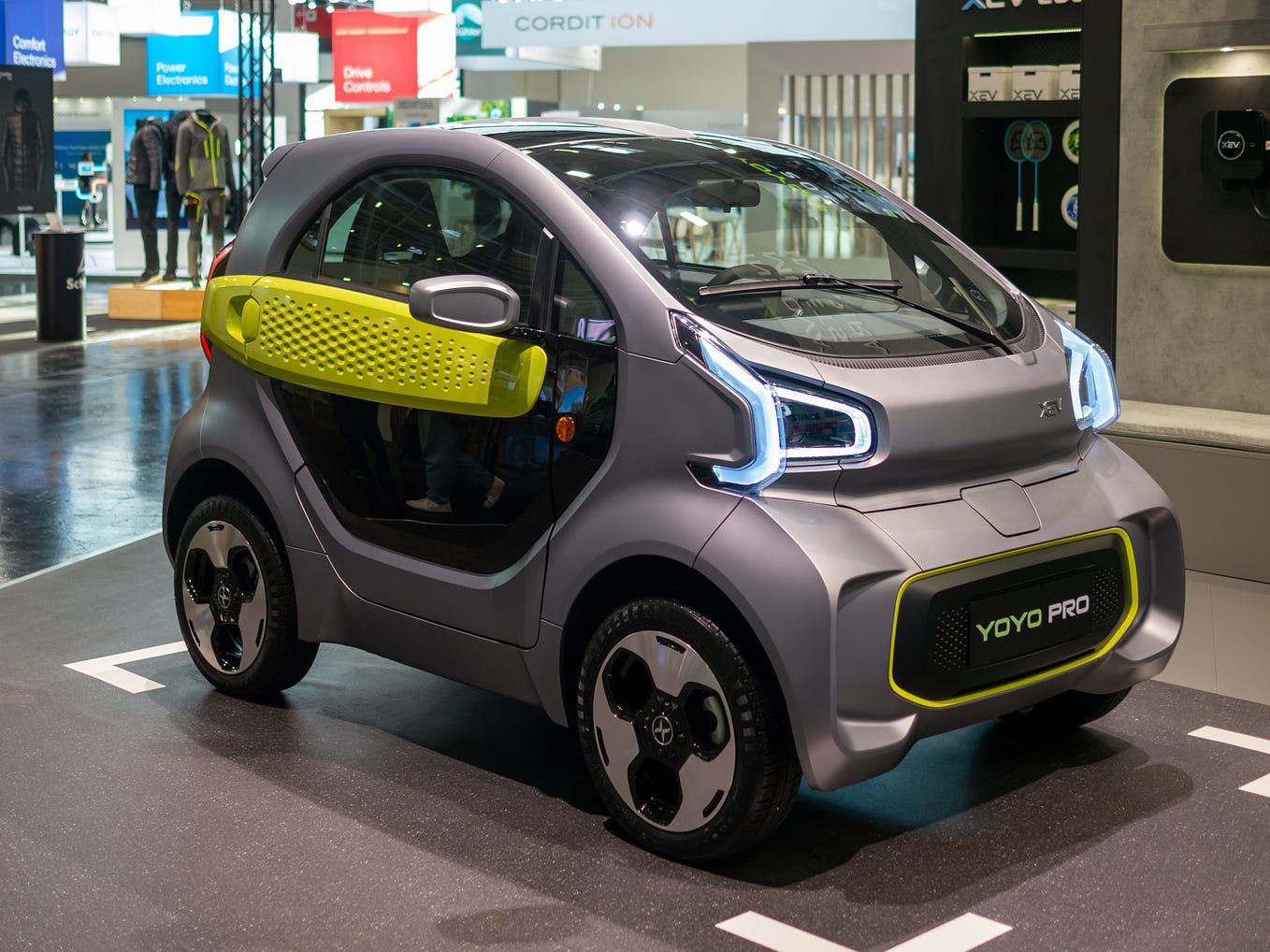
4. **Electric Vehicle Adoption**The growing adoption of electric vehicles (EVs) is a positive development for environmental sustainability, promising lower emissions and a potential deceleration of climate change. However, from an insurance perspective, the rise of EVs introduces a new set of cost factors that can contribute to higher premiums. While beneficial for the planet, EVs can be considerably expensive to insure.
One primary reason for this higher cost is the specialized nature of EV repairs. Electric vehicles often incorporate advanced technologies and unique components that require specialized expertise and equipment for repair. This can make them more expensive to fix or replace compared to their traditional gasoline-powered counterparts. For instance, sophisticated battery packs or integrated electronic systems can lead to significantly higher repair bills following an accident.
Furthermore, the initial purchase price of many EVs tends to be higher than comparable internal combustion engine vehicles, which means their replacement value is also greater. This higher replacement cost directly impacts the amount insurers must pay out in the event of a total loss, thereby increasing the premiums charged to EV owners. As EV technology continues to evolve, the insurance industry is adapting to these new risk profiles and associated costs.
Read more about: Diesel Durability Unveiled: 10 Engines That Redefine Longevity — And Those That Don’t
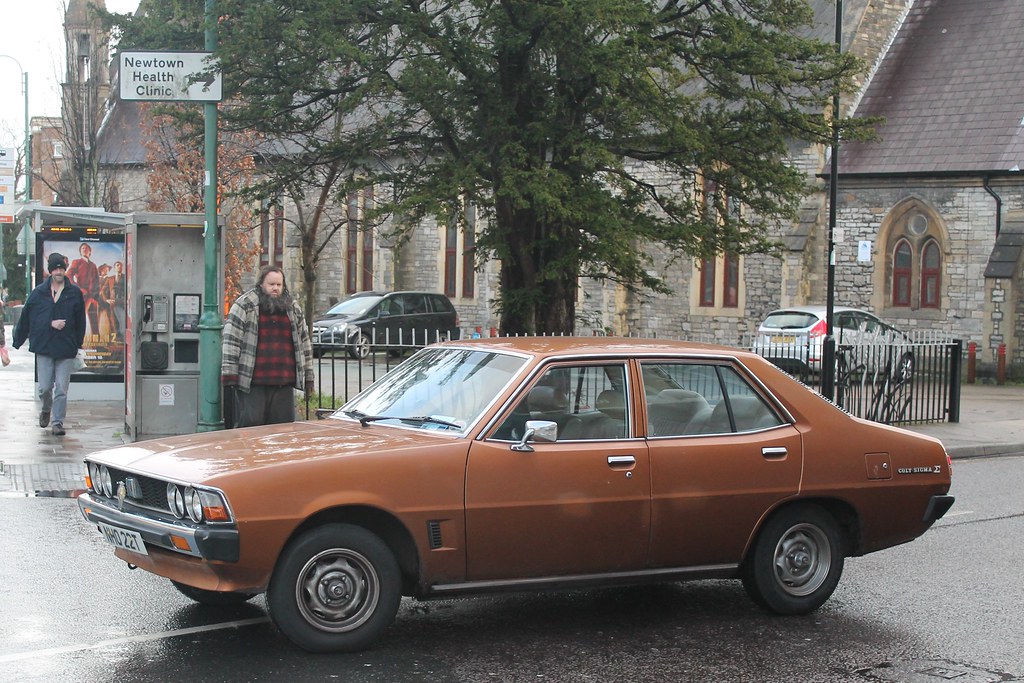
5. **Increase in Vehicle and Parts Theft**A disturbing trend observed since 2019 is the steady rise in vehicle theft rates across the country. The National Insurance Crime Bureau (NICB) reported that auto thefts surpassed 1 million in 2023. This surge in thefts directly translates to an increase in auto claims, compelling insurance companies to raise rates to cover their escalating losses. The financial impact of such crime waves is felt by all policyholders, as insurers adjust premiums to mitigate their risks.
The theft of specific car parts has also become a significant issue, notably catalytic converters. While catalytic converter thefts have seen a decrease after a previous surge, the cost of repairing the damage and replacing the part remains exceptionally high. State Farm data indicates that the average catalytic converter claim, which includes both the repair of the car and the replacement of the part, is approximately $2,900. This substantial cost adds to the overall burden on insurers.
For drivers, including comprehensive insurance on their policy is a crucial recommendation to ensure coverage in the event of vehicle or parts theft. However, the collective increase in these types of claims across a region can still contribute to higher base rates for everyone. The rise in criminal activity impacting vehicles underscores a societal issue that has tangible financial consequences for car insurance premiums.
Read more about: Understanding Car Modifications: A Consumer’s Guide to Insurance, Resale Value, and Hidden Costs

6. **Slower Claims Processing Times**Many drivers are now experiencing significantly longer claims processing and repair times than in previous years. A 2024 J.D. Power Survey, which gathered insights from over 9,700 auto insurance policyholders who recently settled a claim, revealed that the average repair time has increased to 22 days, a notable jump from just 12 days prior to the pandemic. This extended duration for repairs has a direct financial implication for insurance companies and, consequently, for policyholders.
When an auto insurance policy includes coverage for a rental car during the repair period, these extended timelines mean insurers are paying for rental vehicles for significantly longer durations. This dramatically increases the cost per claim for the insurance company. What might have been a few days’ expense for a rental car can now stretch into weeks, leading to a substantial increase in annual claims costs for insurers.
This delay is often linked to ongoing issues such as labor shortages in repair shops and the aforementioned scarcity of parts. As the entire claims ecosystem slows down, the operational costs for insurers climb. To remain financially viable and meet policyholder obligations, companies must account for these increased expenses, often by adjusting premiums upwards for all drivers. This systemic slowdown contributes to the broad upward trend in car insurance rates.” , “_words_section1”: “1967
Read more about: Truck Showdown: Ford F-150 vs. Chevy Silverado – Dissecting Long-Term Reliability for Informed Buyers

7. **Your Driving Record and History**One of the most immediate and impactful factors influencing an individual’s car insurance premium is their personal driving record. Insurers meticulously evaluate a driver’s history of accidents, claims, and moving violations because these incidents directly correlate with a higher perceived risk. A lengthy history of accidents or claims signals to insurance companies a greater likelihood of future payouts, leading them to charge higher rates to compensate for this elevated risk exposure.
Moving violations, such as speeding tickets, reckless driving infractions, or even more severe incidents like DUIs, also significantly impact insurance costs. Auto insurance companies generally reward drivers who maintain clean driving records with more favorable premiums, recognizing their demonstrated commitment to road safety. Conversely, drivers with multiple blemishes on their record are typically subject to substantially higher insurance costs, as these incidents indicate a higher propensity for future claims. For instance, a 35-year-old driver with a DUI on their record might face a 90% increase in minimum coverage costs compared to a similar driver with a pristine record.
The financial implications of a poor driving record extend beyond immediate premium hikes. In some extreme cases, a history of serious violations might even necessitate seeking coverage from companies specializing in high-risk drivers, which often come with even steeper prices. Maintaining a clean driving record is, therefore, one of the most effective strategies for policyholders to exert direct control over their insurance expenses, allowing their rates to potentially decrease over time as past incidents fall off their record.
Read more about: Drove it Regretted it: 12 Compact Models That Made Owners Question Their Judgment on the First Commute.
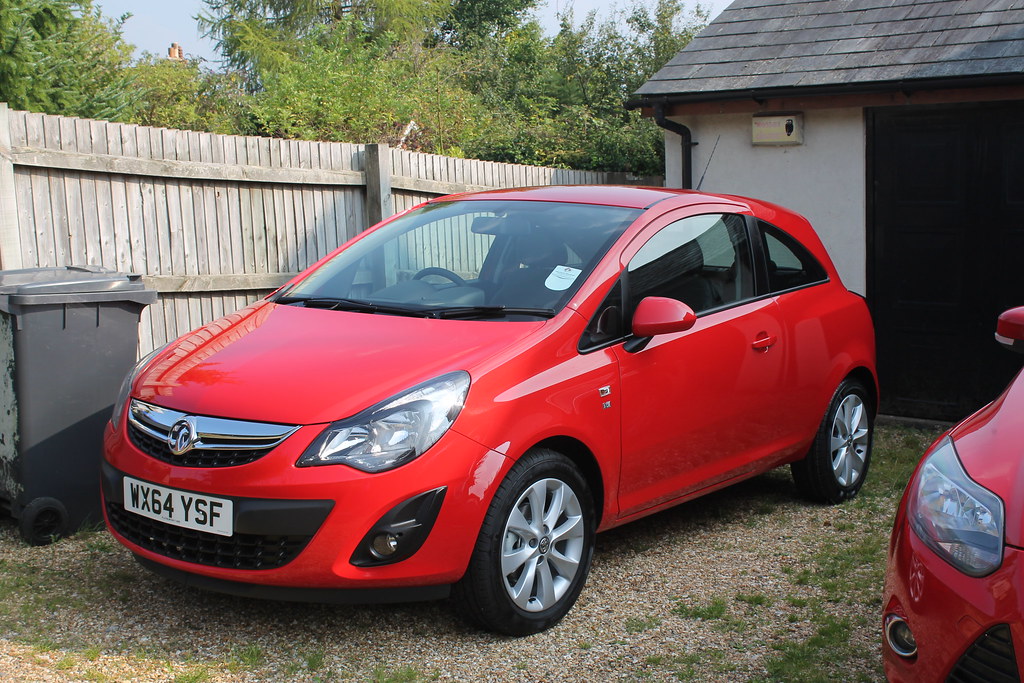
8. **Age, Gender, and Driving Experience**Beyond the immediate driving record, personal demographics such as age, gender, and the sheer number of years behind the wheel play a pivotal role in determining car insurance premiums. Young, inexperienced drivers, particularly those in their teens and early twenties, consistently face the highest insurance rates. Statistical data indicates that this demographic is more prone to fatal accidents, which insurers factor into their risk assessments. As drivers mature and gain more experience, their rates typically decline, reflecting a statistically lower risk profile.
Gender can also be a differentiating factor in many states, with young men often paying higher rates than young women. This disparity generally narrows significantly by age 30, though it may not entirely disappear. It’s important to note that a handful of states, including California, Hawaii, Massachusetts, Michigan, Montana, North Carolina, and Pennsylvania, have enacted regulations that prohibit insurers from using gender as a rating factor, underscoring an evolving landscape in how personal characteristics are applied.
The accumulation of driving experience is another critical metric. Someone who began driving at 23 will likely pay more at 25 than an individual of the same age who started driving at 16, even with identical clean records. Insurers view extended periods of driving without incidents as a strong indicator of responsible behavior and lower risk. This comprehensive assessment of age, gender, and experience forms a foundational layer in personalizing insurance costs, reflecting broad actuarial trends and individual risk profiles.
Read more about: The Digital Black Box: Unpacking How Your Car Collects and Sells Your Most Intimate Data

9. **Your Geographic Location and ZIP Code**The physical location where a vehicle is garaged, often identified by its ZIP code, profoundly impacts car insurance rates. Premiums can vary dramatically not only by state, due to differing regulations and regional risk factors, but also significantly by city and even neighborhood. Insurers analyze localized data to assess risks such as urban congestion, crime rates, and the frequency of accidents specific to a given area.
For example, drivers residing in densely populated urban areas typically face higher insurance rates compared to their rural counterparts. Cities often present increased risks of vandalism, vehicle theft, and a higher incidence of collisions due to heavier traffic volumes and more complex driving environments. A simple change of address, even within the same metropolitan area, could lead to a noticeable adjustment in premiums if the new ZIP code carries a different risk profile.
Beyond crime and accident statistics, local environmental factors can also influence location-based rates. Regions prone to specific natural disasters, such as coastal areas vulnerable to hurricanes or flood zones, will reflect these heightened risks in their insurance pricing. Therefore, understanding that your car’s primary parking location is a fundamental determinant of its insurance cost is crucial for any policyholder.
Read more about: The Electrifying Pace: Unpacking How 2025 is Transforming EV Charging Speeds and Access Across Global Regions

10. **Credit History and Insurance Scores**In a majority of U.S. states, insurance companies legally utilize credit-based insurance scores as a significant factor in calculating car insurance premiums. While distinct from traditional credit scores, these scores are highly correlated and typically provide insurers with an additional layer of insight into a policyholder’s financial responsibility and, statistically, their likelihood of filing claims. Generally, individuals with strong credit histories tend to receive lower insurance rates, while those with poor credit scores often pay considerably more.
This practice is based on extensive actuarial data suggesting a correlation between a person’s financial management habits, as reflected in their credit history, and the frequency or severity of insurance claims they might file. For instance, a 35-year-old good driver with poor credit could pay 67% more for full coverage car insurance than a comparable driver with good credit. This substantial difference highlights the profound impact of credit scores on affordability.
Despite consumer advocate challenges regarding the fairness and validity of using credit history for insurance pricing, it remains a prevalent practice. However, it is noteworthy that a few states, including California, Hawaii, and Massachusetts, have banned insurers from incorporating credit information into their rate-setting processes. For drivers in states where it is permitted, actively working to improve one’s credit score can serve as a tangible strategy for potentially reducing car insurance expenses over time.
Read more about: Dealership Dirt Uncovered: 15 Sneaky Car Sales Tactics Every Buyer Needs to Master

11. **Vehicle Make, Model, and Integrated Features**The specific characteristics of the vehicle being insured play an undeniably central role in determining car insurance premiums. Beyond the distinction between electric and internal combustion engine vehicles, which was previously discussed, the individual make, model, trim level, and integrated safety features of a car are thoroughly analyzed by insurers. Sports cars, for example, often command higher insurance rates, partly because insurers anticipate a higher likelihood of large claims stemming from their tendency to be driven at higher speeds or more aggressively.
Insurers also consider several other crucial attributes. These include the vehicle’s repair cost index—how expensive it is to fix after an accident—which can be influenced by the availability and price of specialized parts or advanced technologies. The popularity of a model among car thieves is another significant factor; vehicles frequently targeted for theft pose a higher risk, driving up comprehensive coverage costs. Furthermore, a vehicle’s potential to inflict damage on another car in a collision is assessed, impacting liability portions of a premium.
Even within the same model line, the trim level can influence costs. Vehicles equipped with advanced features like lane sensors, backup cameras, or high-end audio systems are often more expensive to repair or replace than their base models, directly translating to higher insurance premiums. While some safety features can qualify for discounts due to reduced accident risk, others, particularly high-tech ones, can elevate premiums because of their costly repair or replacement after an incident. This intricate interplay of vehicle characteristics ensures that the car itself is a major component in its insurance rate calculation.
Read more about: Diesel Durability Unveiled: 10 Engines That Redefine Longevity — And Those That Don’t

12. **Your Chosen Coverage Levels and Policy History**Ultimately, the strategic decisions a policyholder makes regarding their insurance coverage and their past policy management significantly influence the final premium. The extent of coverage selected is perhaps the most direct determinant: opting for minimal, state-required liability coverage will always be cheaper than comprehensive plans that include collision, comprehensive, uninsured motorist, and additional protection. However, choosing lower coverage levels also exposes drivers to greater financial risk in the event of a significant accident, underscoring the delicate balance between cost savings and adequate protection.
The choice of insurance company itself is a critical factor. Different insurers employ proprietary risk-assessment models and pricing strategies, meaning that rates for identical coverage can vary by hundreds or even thousands of dollars annually between providers. This variability makes shopping around and comparing quotes from multiple companies a paramount strategy for finding the most competitive rates, ensuring that the chosen insurer aligns best with an individual’s specific risk profile and budget.
Moreover, a driver’s policy history, particularly any lapses in coverage, can detrimentally affect future premiums. Failing to pay bills or canceling a policy, even temporarily between vehicles, can flag an individual as a higher risk to insurers. This perceived higher risk can lead to increased rates or even outright denial of coverage when attempting to secure a new policy. Maintaining continuous coverage, even if it means adjusting levels during transitional periods, is crucial to preserving a favorable insurance history and avoiding unnecessary surcharges.
Read more about: Navigating the 2025 Car Warranty Changes: A Consumer Reports Guide to Protecting Your Used Car Investment
In the complex ecosystem of car insurance, understanding these personal and policy-related drivers is just as crucial as comprehending the broader market forces. While many factors may seem beyond individual control, a proactive approach to maintaining a clean driving record, managing credit, carefully selecting a vehicle, and making informed coverage choices empowers drivers to mitigate rising costs. By engaging with their insurance options strategically and regularly reviewing their policies, consumers can navigate the challenging landscape of escalating premiums more effectively, striving to secure the best possible rates for their unique circumstances. This ongoing vigilance and informed decision-making are essential in today’s dynamic insurance market, transforming potential frustration into empowered financial management.



